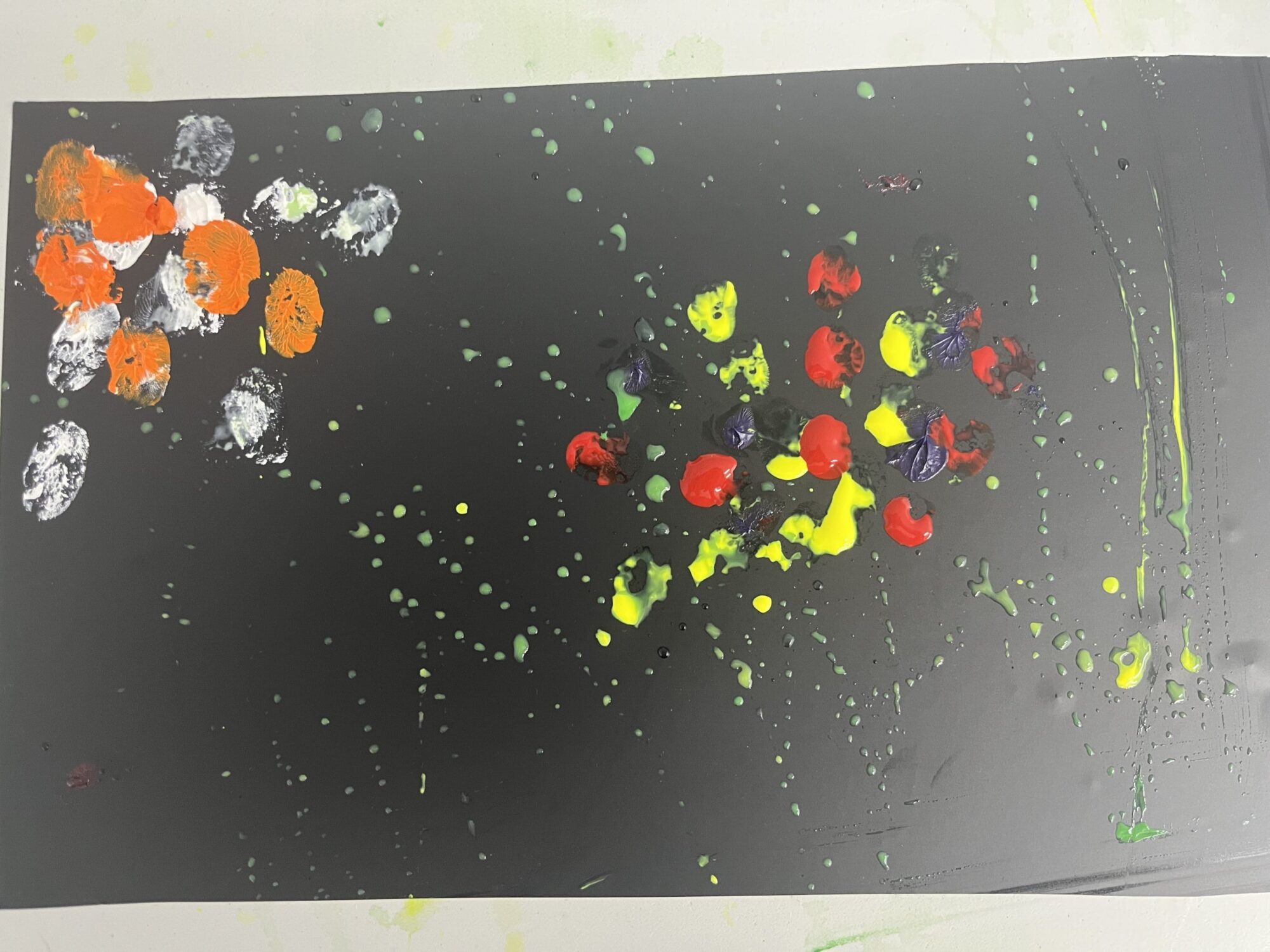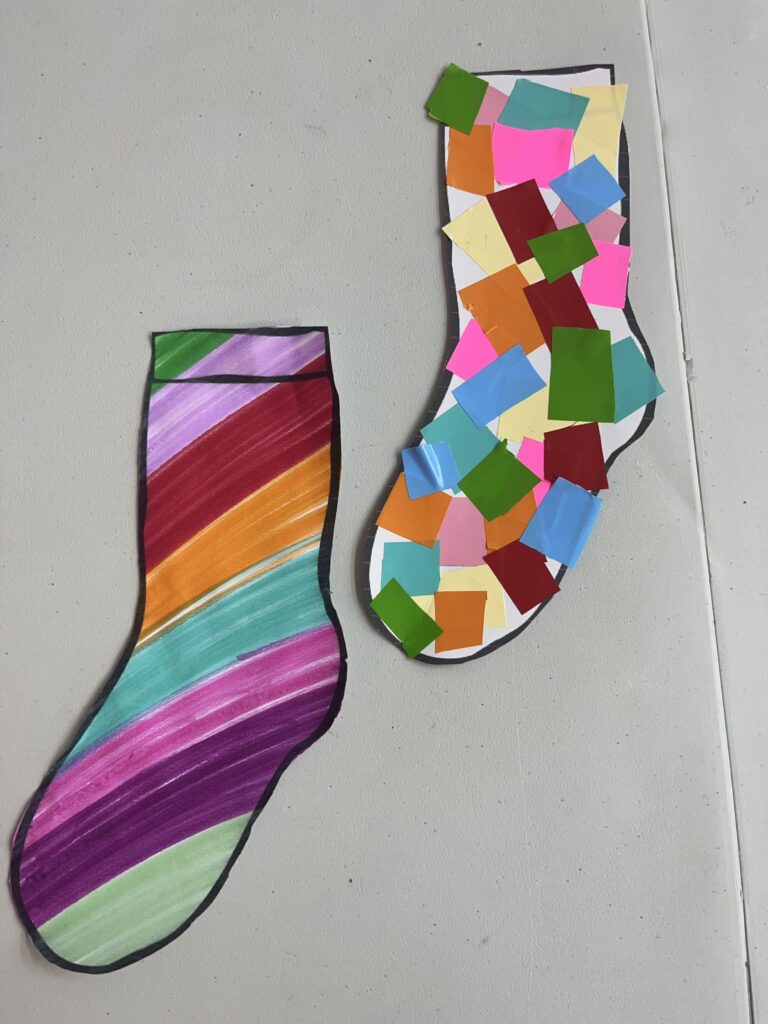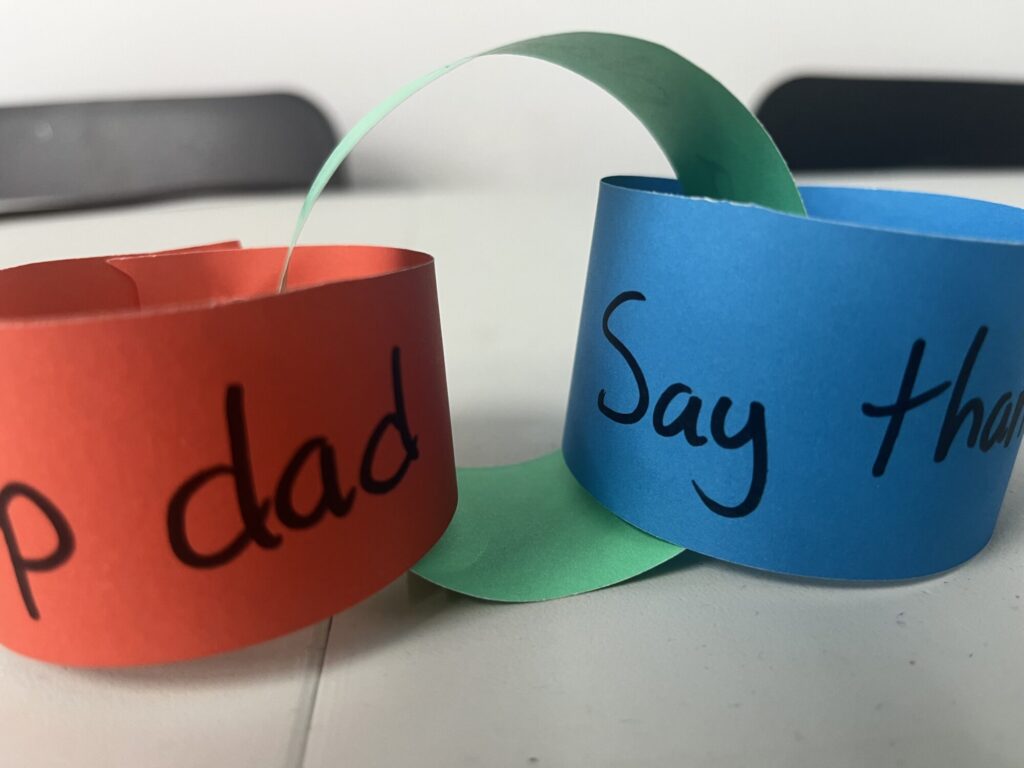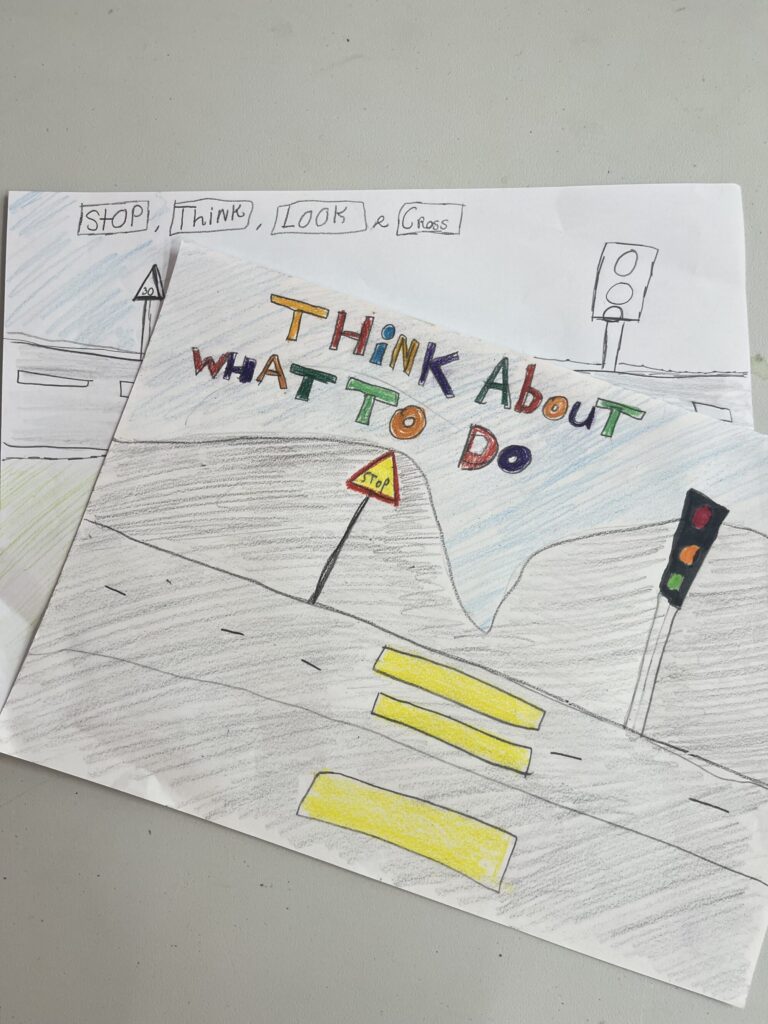Home Ed: November’s Learning Toolkit
November is a wonderful month for home educators to explore meaningful themes, history and acts of kindness through hands-on learning. As the weather turns cooler, families can enjoy creative indoor activities while reflecting on values such as remembrance, gratitude, and community spirit.
This guide highlights key special days and events throughout November — from Guy Fawkes Night and Remembrance Sunday to Anti-Bullying Week and World Kindness Day. Each section explains the significance of the occasion, how it is observed and provides an engaging activity idea designed to help children connect with the meaning behind each celebration. Let this month’s guide inspire you to bring history, empathy, and kindness to life in your home education journey.
1. Guy Fawkes Night (Bonfire Night)
Date: 5 November
In the UK, the 5 November is observed as Guy Fawkes Night (also called Bonfire Night). It commemorates the failed Gunpowder Plot of 1605, when Guy Fawkes and his co-conspirators planned to blow up the Houses of Parliament. Traditionally people light bonfires, set off fireworks or sparklers, and sometimes burn an effigy of Guy Fawkes. It’s a lively and colourful night, often with community firework displays.
Activity for kids:
“Paper Fireworks & Mini Bonfire Scene”
Materials: black or dark-blue card, chalk or white crayon, paint coloured tissue paper, glue, craft sticks, brown card or paper for logs.
Steps:
- Give each child a piece of dark card and have them draw firework bursts with chalk, paint or white crayon .
- Then glue on strips of coloured tissue paper to represent exploding fireworks.
- For the bonfire scene, cut out “logs” from brown paper/card and arrange them in a pile. Add flames by cutting red/orange/yellow tissue paper and gluing above the logs.
- Optional: make miniature sparklers by wrapping metallic thread or pipe-cleaners around craft sticks and sticking them into the bonfire.
- While doing the craft, talk about how and why people light bonfires and fireworks on this night (history, remembering the past, community gathering).
- You could then display the children’s finished pieces or take them outside (safely) and compare with real fireworks (if attending a display).
Tip for home educators: Emphasise safety (fireworks are best handled by grown-ups, keep a safe distance, etc). Also you might talk about the historical context briefly (without getting too heavy) and encourage children to reflect: “If we had no fireworks, how else could we mark this event?”

2. Remembrance Sunday
Date: the second Sunday in November (in 2025: 9 November)
Remembrance Sunday is a day in the UK to honour and remember the service and sacrifice of armed forces and civilians in wars and conflicts. It usually involves ceremonies (for example at the Cenotaph in London), wreath-laying, and a two-minute silence at 11 am. The red poppy is a widespread symbol of remembrance.
Activity for kids:
“Poppy Wreath or Poppy Card”
Materials: red and black paper, green paper (for leaves/stems), scissors, glue, a large circular base (cardboard or thick card) if making a wreath; or plain card if making a poppy card.
Steps:
- On red paper, draw and cut out a number of poppy shapes (one per child or more).
- On black paper, cut small circles to go in the centre of each poppy.
- On green paper, cut leaves/stems.
- Either:
- Make a wreath: glue the stems/leaves around a circular base, then glue on the red poppies. Display on a wall or door.
- Or make cards: glue a poppy (red + black centre) onto the front of a card, and inside write a short message about remembrance (e.g., “We remember together”, “Thank you for fighting for peace”).
- While crafting, discuss with the children why we remember, what a poppy symbolises, and encourage a short moment of quiet reflection (you could observe a 2-minute silence together).
- Optionally, the children could each say or write one thing they are grateful for, linking the remembrance theme to gratitude.
Tip for home educators: This day is more solemn — ensure the tone matches: respectful, reflective. Use age-appropriate language. Encourage questions (e.g., “Why do we remember?”). You might light a candle or ring a bell to mark the silence.
3. Anti‑Bullying Week
Date: Monday 10 to Friday 14 November 2025
Anti-Bullying Week in the UK is an annual campaign organised by the Anti‑Bullying Alliance to raise awareness of bullying among children and young people, and to highlight ways of preventing and responding to it. In 2025 the theme is “Power for Good”. One fun visual way schools often mark the week is through “Odd Socks Day” (celebrating uniqueness) and craft activities around kindness, respect, being an up-stander rather than a by-stander.
Activity for kids:
“Kindness Hands or Decorate Socks”
Materials: coloured paper, scissors, pens/markers, string or thick card for a display or wall-hanging.
Steps:
- Have each child trace their hand or sock on coloured paper and cut it out. On one side of the hand or sock, children write one kindness promise (e.g., “I will help someone who is sad”, “I will speak up if I see unkind words”).
- On the other side, the child draws or writes an example of something they could do that is kind (e.g., “Share my toys”, “Invite someone to play”).
- Once hands or socks are done, attach them to a wall display, a string across the room, or make a “Kindness Tree” by attaching the hands as leaves.
- During the week, revisit the promises: ask children each day to show how they followed their promise (or what they might do tomorrow).
- You might also incorporate an Odd Socks Day activity: Ask children to wear odd socks (or draw odd-sock art) and then discuss how being different is a strength, not a weakness.
Tip for home educators: Use this week as an opportunity for circle-time style reflection: What is bullying? What is kindness? Encourage children to identify safe adults to talk to. Make the tone positive and proactive (not just scary).

4. World Kindness Day
Date: 13 November
World Kindness Day is a global day to promote kindness in all its forms. In the UK, it’s observed on 13 November (sometimes within the broader Kindness Week). It encourages small acts of kindness, consideration for others, and building a gentler and more inclusive community.
Activity for kids:
“Kindness Jar & Heart-Chain”
Materials: a jar, small pieces of coloured paper, pens, scissors, string, coloured paper for chain links.
Steps:
- Introduce the idea: “What is kindness? What can we do today to be kind?”
- Have each child write or draw on small pieces of paper an act of kindness they plan to do (e.g., “I’ll help my sibling clear toys”, “I’ll say thank you to someone”, “I’ll send a friendly drawing to a friend”). Fold and place into the jar (“Kindness Jar”).
- Create a paper chain of hearts or links: For each act of kindness that’s done, the child adds a link/heart to the chain. Display the growing chain on a wall.
- At the end of the day (or week), read out or share some of the kindness acts, celebrate them, reflect on how being kind made them and others feel.
- Optional: Children could pick a “Kindness Buddy” and do a small surprise for them (a note, a drawing, a friendly gesture).
Tip for home educators: Emphasise that kindness doesn’t always mean grand gestures — lots of small ones add up. Encourage reflection: “How did it make you feel?” “How did the other person feel?”

5. Road Safety Week
Date: 16 to 22 November 2025
Road Safety Week is a UK annual campaign (run by the charity Brake) devoted to raising awareness about road crashes, injuries and how to create safer roads for everyone. Each year there is a theme (for example 2025: Safe Vehicles Save Lives). It’s a great week for children to learn about pedestrian safety, visibility, crossing roads safely, being aware of vehicles, etc.
Activity for kids:
“Street Scene Craft & Safe-Crossing Role-play or Create a Road Safety Poster”
Materials: large sheet of paper or card for a “road scene”, toy cars/vehicles or cut-outs, coloured paper for buildings/trees, white paper strips for zebra crossing, safety signs cut-outs (stop sign, traffic light).
Steps:
- On the large paper, draw a simple street layout: road, pavement, maybe a pedestrian crossing.
- Mark a zebra-crossing (white stripes) and glue strips of white paper for the crossing.
- Add buildings/trees from coloured paper around the road.
- Place toy vehicles or cut-out cars on the road.
- Have children role-play: one child is a pedestrian, one is the driver. Practice: stopping at the crossing, making eye contact with driver, waiting for vehicles to stop, using pavement, wearing visibility (you could make simple “high-vis” vests from yellow paper).
- While crafting/playing, chat about rules: how to cross safely, why we need pavements, why visibility matters, how drivers must watch out for pedestrians, how we can keep ourselves safe.
- Or, you can use these resources to create a Road Safety Poster!
- Optional: children can design their own “My Road Safety Pledge” on a small card and sign it.
Tip for home educators: Link the craft to real-life: walk past a local crossing and observe how people behave. Ask questions like: “What should you do before you step off the pavement?” “Why do cars stop at the zebra crossing?” Encourage children to think of one change they will make (e.g., always hold an adult’s hand in the road, wear visible clothing when dark).

6. Thanksgiving (USA)
Date: Fourth Thursday in November (USA)
Thanksgiving in the United States is a national holiday observed on the fourth Thursday of November. Its roots lie in harvest-festival celebrations and days of giving thanks. Typical customs include a large family meal (often with turkey, pies, potatoes, corn), spending time with family/friends, giving thanks for what one has, charitable meals for the less fortunate, parades and football games. Even though it is US-based, it can be a useful cross-cultural topic for home educators (how people in other countries mark thanks, harvest, family).
Activity for kids:
“Gratitude Turkey Craft & Thank-You Tree”
Materials: coloured paper (brown for turkey body, orange/yellow/red for feathers), pens/markers, leaves cut-out shapes, plain paper/tree trunk silhouette, small paper leaves.
Steps:
- Have each child cut out a turkey body (brown) and feathers (multi-coloured). Assemble the turkey on a sheet. On each feather, children write or draw something they are thankful for (e.g., “My family”, “A sunny day”, “My friend”). Glue the feathers onto the turkey tail.
- Next, create a “Thank-You Tree” on the wall: draw a tree trunk (or use brown paper) and give children leaf-shaped papers. They each write one thing they are thankful for and stick it as a leaf on the tree. Over time it becomes full of gratitude leaves.
- If you like, you might have a small “mini-feast” (even just simple snacks) and discuss: What does Thanksgiving mean? Why give thanks? How is our situation similar/different?
- For an arts/craft twist: make a “thank-you card” to someone (friend, family, neighbour) and deliver it.
Tip for home educators: Use this as a moment of reflection on gratitude, cultural traditions, and thankfulness. It’s a gentle and positive way to wrap up November. If your children are younger, simplify what they are writing/drawing. If older, you might invite a discussion: what are we thankful for? What can we share with others?

Conclusion
November offers a balanced mix of reflection, creativity and learning. With awareness weeks promoting kindness and safety, each occasion provides a meaningful opportunity for discussion and exploration at home. These activities encourage children to think critically, develop empathy and engage with real-world themes in practical ways. Whether through art, writing, or conversation, they help build understanding beyond textbooks. As the month ends, home educators can look back on a varied and purposeful set of learning experiences that blend fun with thoughtful reflection — a reminder that education happens just as much through shared moments as through lessons.

